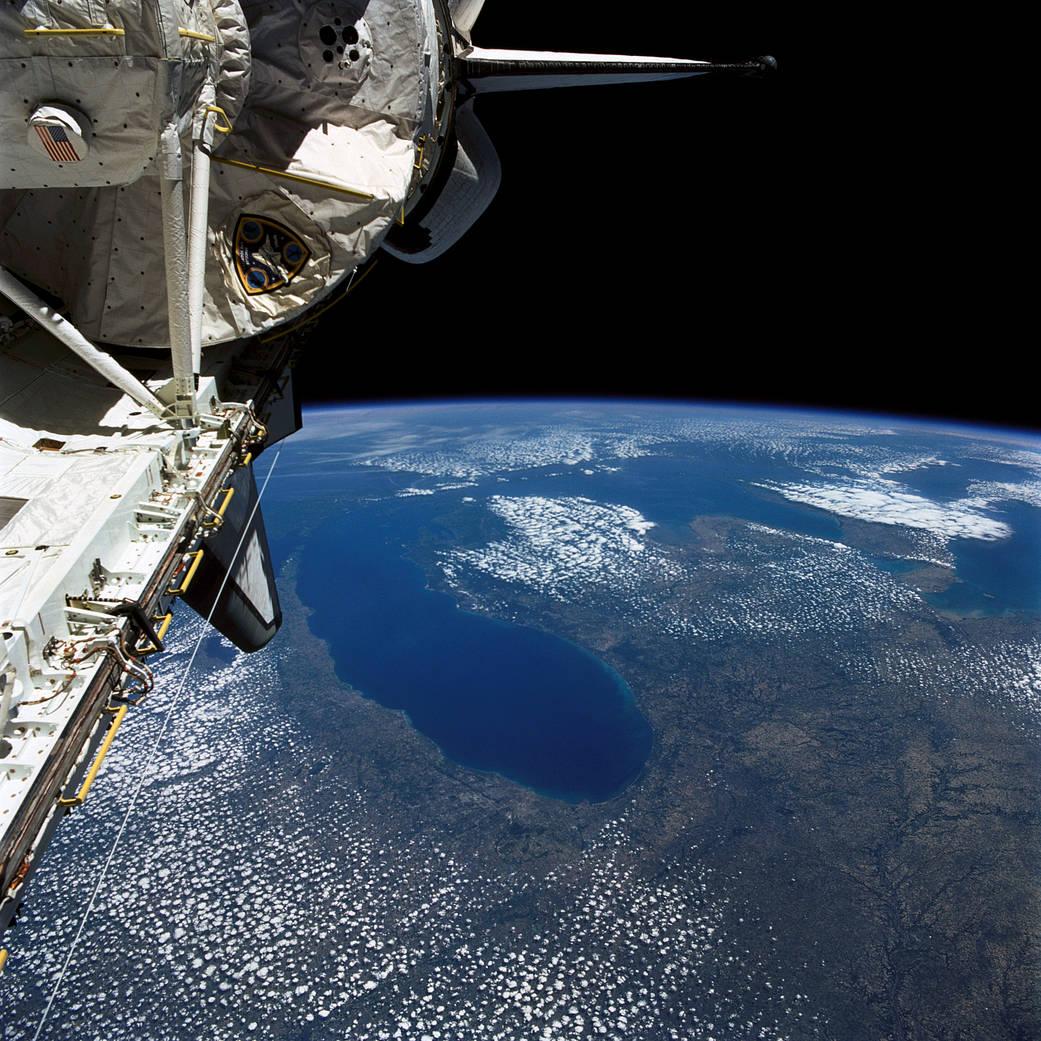This week in 1991, space shuttle Columbia, mission STS-40, launched from NASA’s Kennedy Space Center carrying the fifth Spacelab mission. The Spacelab Life Sciences-1 module was the first Spacelab mission dedicated solely to life sciences. The main purpose of the mission was to study the mechanisms, magnitudes and time courses of certain physiological changes that occur during spaceflight and was designed to explore the responses of the heart, lungs, blood vessels, kidneys and hormone-secreting glands to microgravity and related body fluid shifts. Today, NASA’s Marshall Space Flight Center manages the Life Sciences Glovebox and monitors International Space Station science and communications from its Payload Operations Integration Center. Scheduled to launch to the station in September 2018, the Life Sciences Glovebox will be used to study the long-term impact of microgravity on human physiology, revealing new ways to improve life on Earth while protecting human explorers during long-duration deep space missions. The NASA History Program is responsible for generating, disseminating, and preserving NASA’s remarkable history and providing a comprehensive understanding of the institutional, cultural, social, political, economic, technological and scientific aspects of NASA’s activities in aeronautics and space. For more pictures like this one and to connect to NASA’s history, visit the Marshall History Program’s webpage. (NASA)
2 min read



























